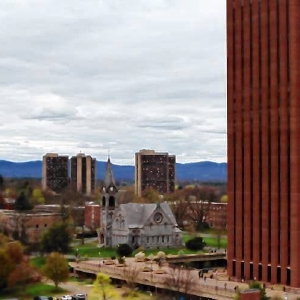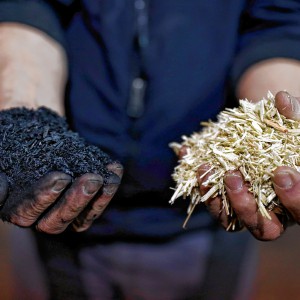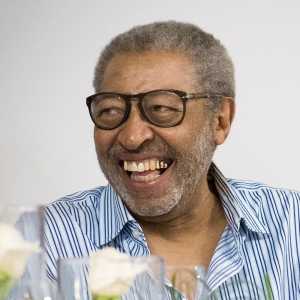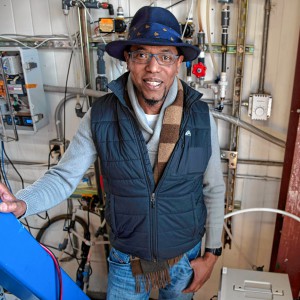Bill would deploy tree canopies in climate fight
| Published: 05-08-2023 1:44 PM |
BOSTON — Tree canopies shading Massachusetts cities and towns could grow dramatically, particularly in environmental justice communities where there’s currently scant coverage, under a legislative proposal to launch a municipal reforestation program.
Neighborhoods with less than 20% tree canopy cover — defined as “the surface area of the land covered by the combined leaves, branches, and trunks of all standing trees in a given area when viewed from above” — are deemed top priority locations in bills filed by Reps. Steve Owens and Jennifer Armini and Sen. Cindy Creem (H 869 / S 452).
David Meshoulam, co-founder and executive director of Speak for the Trees Boston nonprofit, said the urban tree canopy declines every year across the country due to development, the threat of pests, climate change and decades of underinvestment. Massachusetts was among 23 states that experienced a “statistically significant” decline in urban tree canopy from 2009 to 2014, he said.
“Communities are losing trees faster than they can replace them,” Meshoulam said. “We can and must do better to ensure that tree deserts across the state have the resources they need to expand and grow their tree canopy to meet the needs of the residents.”
Lawmakers say enlarging the state’s tree canopy can create more livable communities and overcome racial disparities in low-income neighborhoods, where a dearth of coverage contributes to excessive heat, poor air quality and health problems. More trees would also help Massachusetts reduce greenhouse gas emissions and reach the net-zero goal by 2050, as trees remove carbon dioxide from the air and offer other environmental benefits, such as providing habitats for wildlife and reducing soil erosion.
“Trees play a critical role in creating a healthier, safer and more connected community,” Owens said during a legislative briefing at the State House last Thursday. “They filter our air and water, and they provide climate resiliency.”
Under the legislation, cities and towns would receive funding — coming from a mix of state and federal dollars, plus other donations and grants — as they develop their own reforestation plans. Sites considered heat islands would also be prioritized in tree canopy projects, followed by neighborhoods with less than 40% and then less than 60% tree canopy cover.
The municipal reforestation program would be required for all Massachusetts municipalities, except for towns with less than 10,000 residents and with a tree canopy of at least 60%. There also would be an urban forest advisory council in the Executive Office of Energy and Environmental Affairs — comprised of experts in urban forestry, arboriculture and landscape architecture, among other specialities — to guide municipalities and help craft a funding formula.
Article continues after...
Yesterday's Most Read Articles
The legislative reforestation proposals build on the success of a program in which more than 30,000 trees were planted over the last decade in mid-sized, post-industrial cities, said Marilyn Ray Smith, an Emerald Necklace Conservancy member. About two-thirds were on private property, she said, giving residents the opportunity to care for trees and watch them “grow and thrive.”
“Cities and towns in the commonwealth want trees — what they need is leadership at the state level, technical advice to plant the right tree in the right place at the right time ...” she said. “It will take at least a decade for newly planted trees to begin delivering shade, clean air and other climate benefits.”

 Federal probe targets UMass response to anti-Arab incidents
Federal probe targets UMass response to anti-Arab incidents Locking up carbon for good: Easthampton inventor’s CO2 removal system turns biomass into biochar
Locking up carbon for good: Easthampton inventor’s CO2 removal system turns biomass into biochar William Strickland, a longtime civil rights activist, scholar and friend of Malcolm X, has died
William Strickland, a longtime civil rights activist, scholar and friend of Malcolm X, has died Advancing water treatment: UMass startup Elateq Inc. wins state grant to deploy new technology
Advancing water treatment: UMass startup Elateq Inc. wins state grant to deploy new technology
